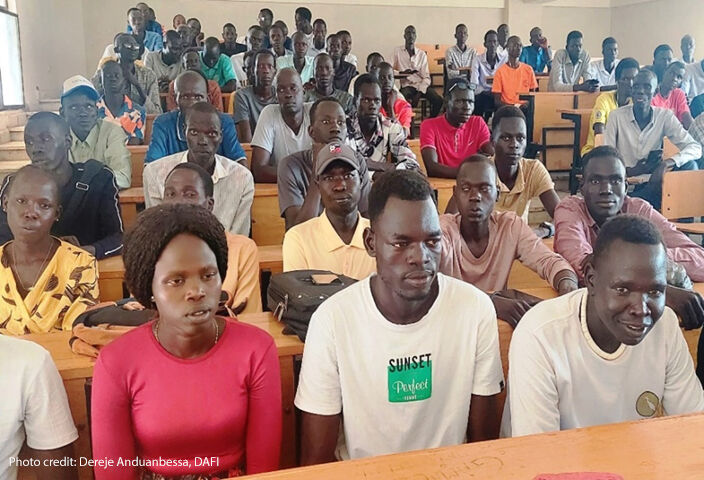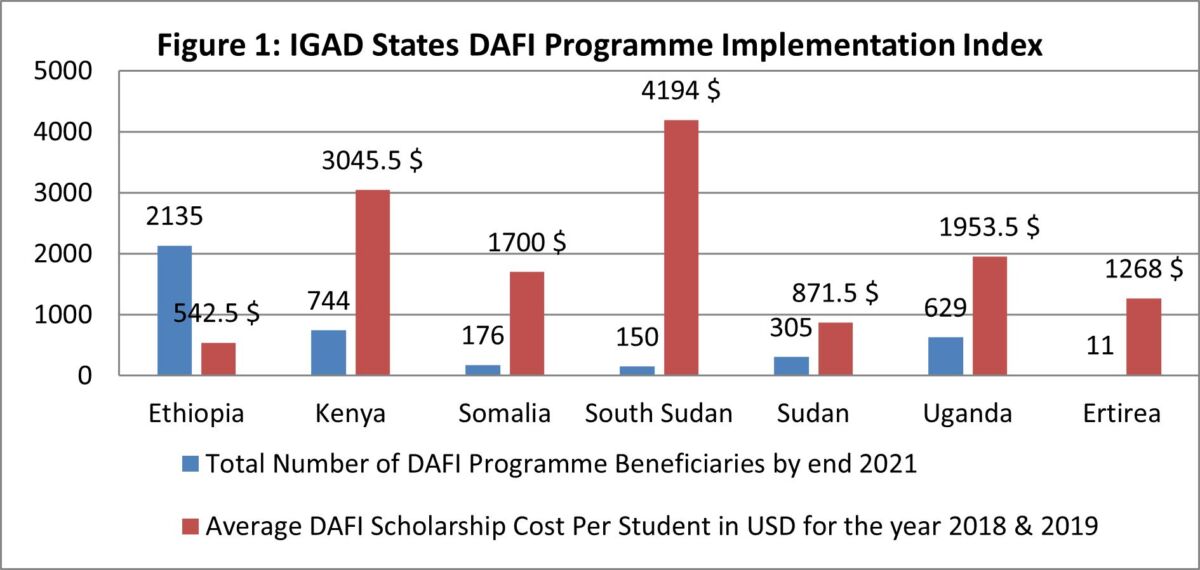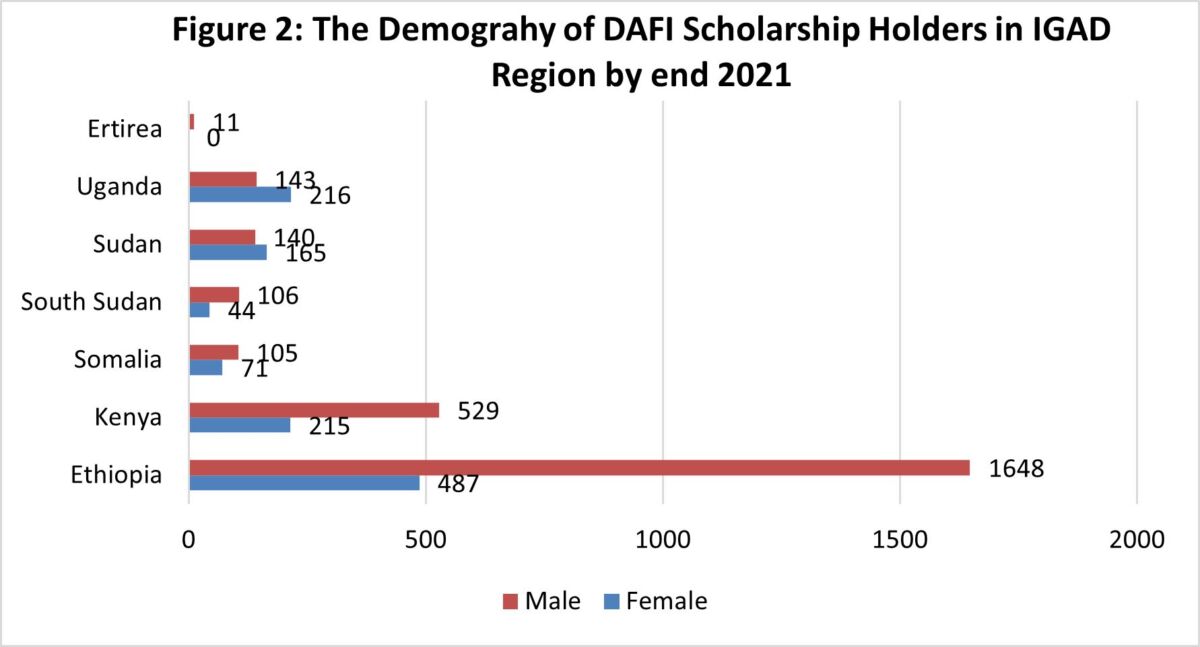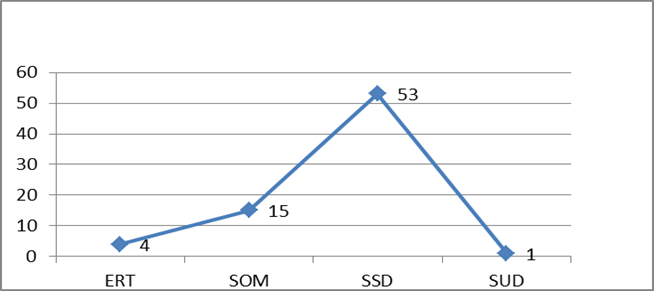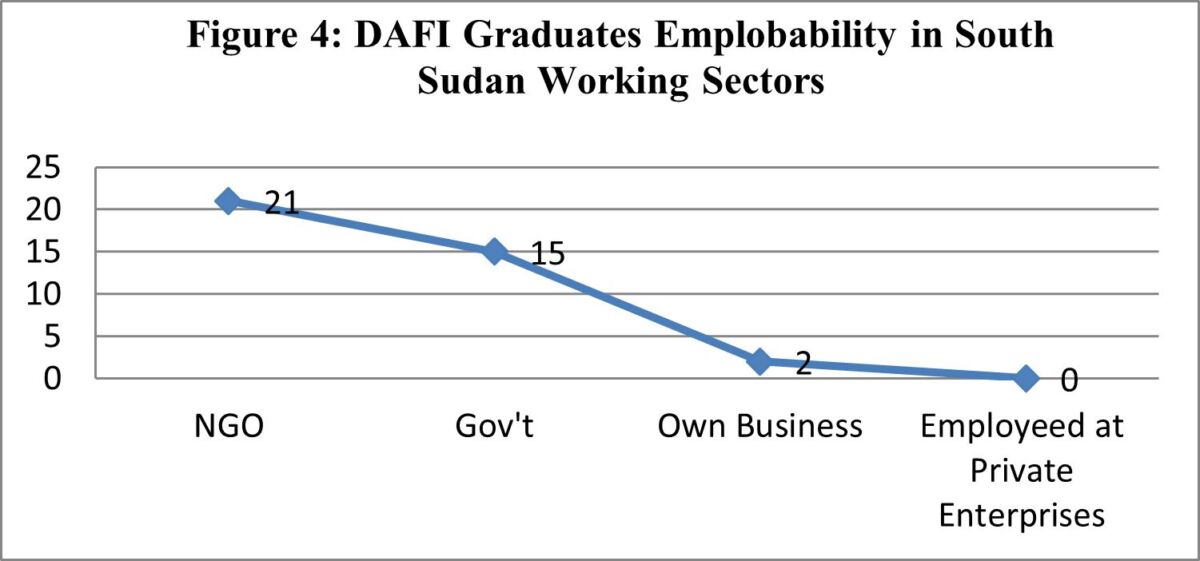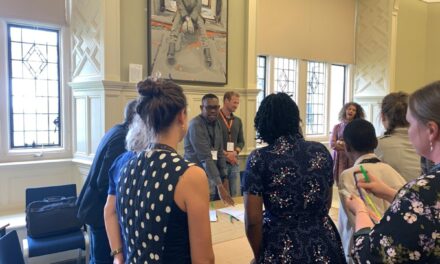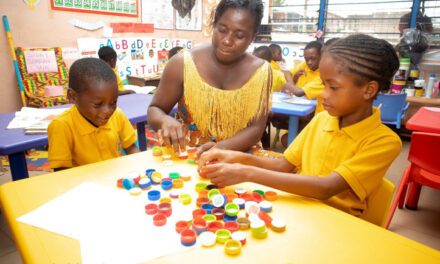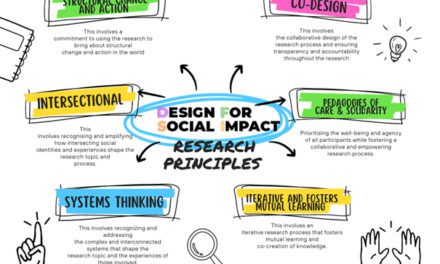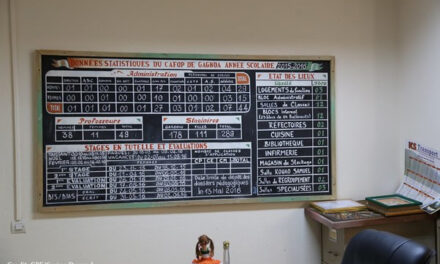This blog is written by Dereje Anduanbessa Assayew, Education Focal Person for the Albert Einstein German Academic Refugee Initiative (DAFI) Ethiopia Programme at The Association of Ethiopians Educated in Germany. Dereje also conducts research and advocacy on education, refugees and migration topics, and the cultural integration of refugees with their host communities – this blog reflects his personal research. For the 2023 UKFIET conference, 32 individuals, including Dereje, were provided with bursaries to assist them to participate and present at the conference. The researchers were asked to write a short piece about their research or experience.
Background
The Intergovernmental Authority on Development (IGAD) region is faced with a series of challenges emanating from political instability, socioeconomic difficulties, and climate change. In response, the region developed a comprehensive strategy for the period of 2016-2020 that is designed to address these challenges across four pillars. The objective of the IGAD Strategy and Implementation Plan 2016-2020 is to achieve peace, security, stability, economic integration, and prosperity in the region through collaborative efforts. As one of the main regions producing and hosting refugees, IGAD is continuously providing protection and humanitarian support to refugees crossing the Ethiopian border.
Ethiopia is an important partner for the European Union in efforts to secure well-managed migration and refugee flows, as it is both a country of destination and transit for migration. By the end of 2022, Ethiopia was expected to be host to 880,000 refugees and asylum seekers, making it the second-largest refugee population in the region, surpassed only by Uganda (UNHCR Resettlement Factsheet, 2022).
It is crucial to acknowledge that providing tertiary education to refugees is humanitarian support that is considered a human right. However, humanitarian responses alone are not enough to support host countries in fulfilling their responsibilities to ensure access to quality education for all. Unfortunately, the current global gross enrolment ratio of refugees in higher education is only about 5%, according to the UNHCR Global Report 2020. It is crucial to have coordinated efforts from all stakeholders to address these gaps. The UNHCR Global Refugee Forum 2019 in Berlin provided a platform to identify opportunities for existing efforts to expand access to tertiary education for refugees, and set a goal of 15 percent enrolment of the world’s young refugees by 2030 (#15by30). Ethiopia is working to equip a tertiary education programme in collaboration with key partners that ultimately leads refugee graduates to better build up their self-reliance and resilience. On the other hand, the IGAD Annex to the Kampala Declaration on Jobs, Livelihoods, and Self-Reliance also emphasised the right to work for refugees in host countries. In this regard, Ethiopia adopted a progressive refugee law (2019) that strengthens the provision of durable solutions for refugees.
The provision of tertiary education scholarship in Ethiopia is mainly implemented by the government body Refugees and Returnees Service (RRS) and the Association of Ethiopians Educated in Germany (AEEG), the official partner in Ethiopia for the Albert Einstein German Academic Refugee Initiatives (DAFI) programme. In both programmes, the government covers 75% of the total cost of education through subsidies to public universities; and the UNHCR covers the remaining 25% of the total cost. It is important to take note that DAFI Ethiopia has been providing support to eligible refugee students for tertiary education for the past 22 years. The programme has yielded remarkable success, having granted scholarships to 2,694 deserving refugee students by the end of 2022, of which 804 have graduated from various educational programmes.
Tertiary refugee education in Ethiopia
This blog discusses my research on tertiary refugee education in Ethiopia and its impact on human capital and integration in the IGAD region. It evaluates enrollment rates, and employability of refugee graduates, and suggests ways to improve education programmes, despite challenges.
Results
1. IGAD States DAFI Programme Implementation Index
Figure 1 illustrates that DAFI Ethiopia offers the most scholarship (51%) for refugees to access higher education in IGAD states, with minimal budget costs of only $542.5 (4%) per student in 2018 and 2019. South Sudan and Kenya have the highest costs per student, averaging $4,194 and $3,045.5 respectively in the same year. This is how Ethiopia’s programme has produced skilled human capital for the region.
2. IGAD Region DAFI Beneficiaries Demography for Human Capital Development
According to Figure 2, the majority of female students (487) in the DAFI programme were from Ethiopia, even though their percentage (23%) is the lowest compared to other member states (except DAFI Eritrea which had none). This indicates that there are critical gaps in matching the demographic ratio of female students for higher education programmes in Ethiopia.
3. DAFI Ethiopia Graduates Obtained Employment in the Host Community
Figure 3 shows how the DAFI programme helps graduates find employment in their host communities. 59% of surveyed graduates have found jobs, but there are still fewer opportunities for females. This can negatively impact economic equity and sustainability for society and refugees.
4. Returnees of DAFI Ethiopia Graduates Contribution in IGAD States Human Capital and Reintegration
The World Bank Group Forcibly Displaced report highlights the importance of refugees having portable assets, marketable skills, and a strong social network when it comes to successfully repatriating. Tertiary education graduates are examples of individuals who have gained skills and knowledge that can help them reintegrate and play important roles in return and reintegration.
Figure 4 illustrates the working sectors for 87 male DAFI graduates who returned to South Sudan for job opportunities and who are currently out of their camps. South Sudanese graduates have taken better advantage of socio-economic reintegration and networking due to their strong social and family connections. NGO and government sectors employ these graduates in South Sudan, but they lack representation in employment in the private sector. Graduates of other origins have not returned home due to the current political situation in their countries, such as Eritrea, where refugees cannot consider returning unless there are significant changes in government policy or opportunities for education, employment, and political rights.
Overall, the DAFI Ethiopia programme has had a big impact on human capital and integration in the IGAD region. It provides refugees with a chance for education and employment, enabling them to contribute globally.
This blog offers recommendations based on the study on financial, partnership, and policy contexts:
For financial reasons, some portion of scholarships should be allocated to host community students to promote integration and balance resource distribution.
For partnership collaboration, DAFI Ethiopia should address challenges faced by female and disabled refugee students and expand work experience opportunities for graduates.
In terms of policy, Ethiopia higher education institutions should provide market-led education programmes and embed refugees into collaborative initiatives. The South Sudan government should widen employment opportunities for returnees through entrepreneurship development schemes, and IGAD should advance education and employment opportunities for young refugee graduates in the region, and exert a positive influence on member states where the exercise of individual and social rights restricts opportunities for education and employment.

